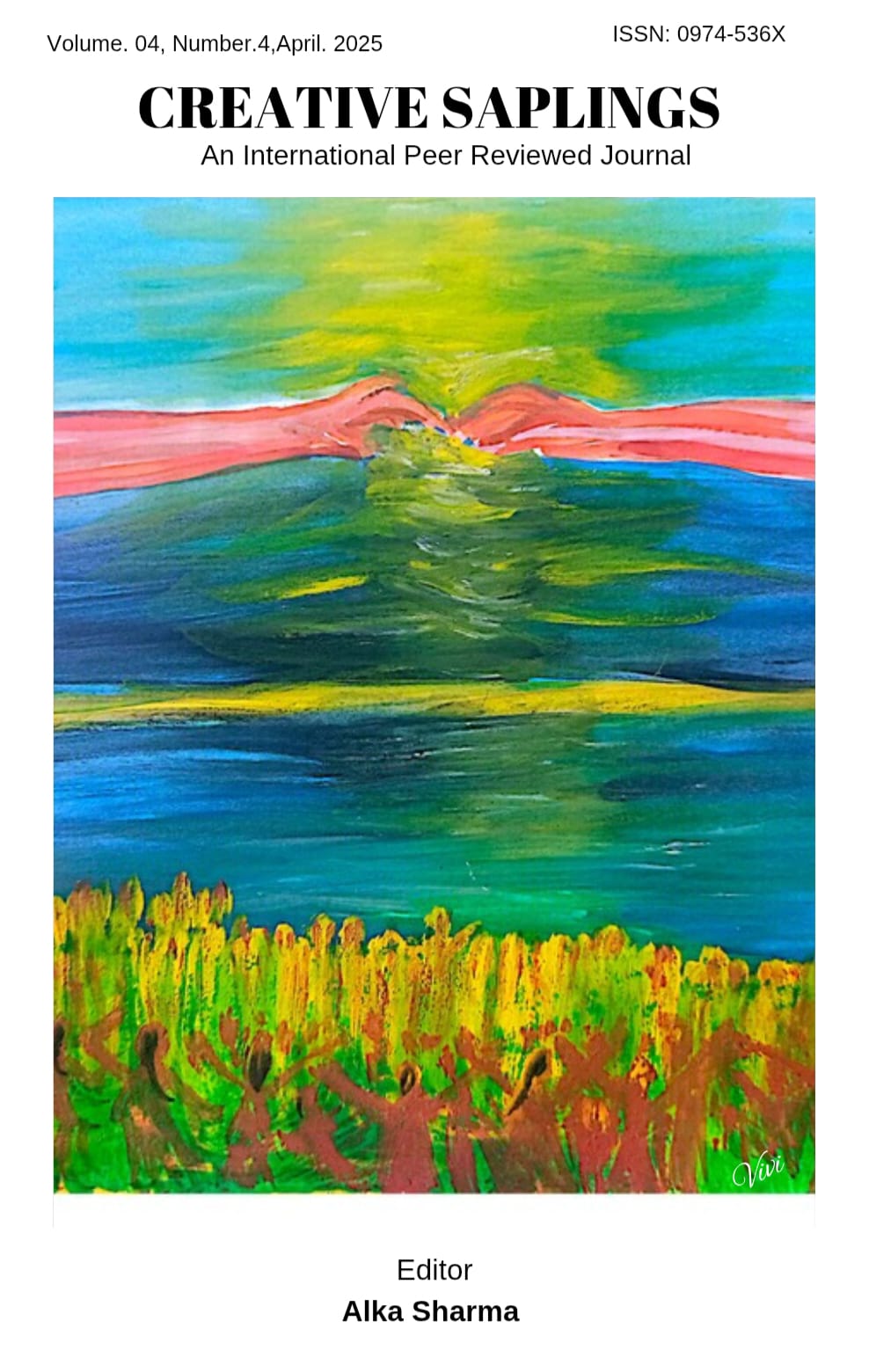Dalits and Stereotypes: Reading the Politics of Graphic Representations in Select Amar Chitra Katha Comics
DOI:
https://doi.org/10.56062/gtrs.2025.4.04.933Keywords:
Comics, Religion, Hegemony, Caste, Dalits, Representation.Abstract
As is the case with all other visual mediums, comics are saturated with ideology and are culturally mediated. The representational strategies that are used in comics are thus derived from the society from which they originate. When we read the Amar Chitra Katha comics from the perspective of the Dalit community, we would understand how these stories perpetuate Brahminical ideals, which are stereotyped, disregarded, and excluded from the participation of mainstream society. In the comics of Amar Chitra Katha, the dominating impulses of Hinduism are made manifest not only in the narrative and the characters, but also in the iconography and the artistic features of the storytelling. In this context, the article examines the portrayal of Dalits and indigenous people by delving deeply into the representational tactics that are utilized in "racializing" and "othering" them. The study utilizes chosen comics from the Amar Chitra Katha as its source material. W.T.J. Mitchell and Stuart Hall provide the theoretical foundations around which this work is built. The purpose of this research paper is to get an understanding of the cultural and social circumstances in which these comics are made.
Downloads
References
Chandra, Nandhini. The Classic Popular Amar Chitra Katha, 1967–2007. Yoda Press, 2008.
Chatterji, Roma. Graphic Narratives and the Mythological Imagination in India. Routledge, 2020.
Cohn, Neil. The Visual Language of Comics: Introduction to the Structure and Cognition of Sequential Images. Reprinted ed., Bloomsbury Academic, 2014.
Dasha Avatar. Vol. 10002, Amar Chitra Katha Publishers.
Eck, Diana L. Darsan: Seeing the Divine Image in India. 2nd ed., Anima Books, 1985.
Hall, Stuart. “The Work of Representation.” Representation: Cultural Representations and Signifying Practices, edited by Stuart Hall, Sage Publications, 1997, pp. 1–54.
Harichandra. Vol. 577, Amar Chitra Katha Publishers.
Karna. Vol. 518, Amar Chitra Katha Publishers.
Khanduri, Ritu Gairola. “Comicology: Comic Books as Culture in India.” Journal of Graphic Novels and Comics, vol. 1, no. 2, Dec. 2010, pp. 171–91. Taylor & Francis Online, https://doi.org/10.1080/21504857.2010.528641.
Krishna and Jarasandha. Vol. 518, Amar Chitra Katha Publishers.
Mitchell, W. J. T. Iconology: Image, Text, Ideology. University of Chicago Press, 1986.
Rani Durgavati. Vol. 606, Amar Chitra Katha Publishers.
Tales from the Upanishads. Vol. 649, Amar Chitra Katha Publishers.
Tales of Vishnu. Vol. 512, Amar Chitra Katha Publishers.
Tartakov, Gary Michael. Dalit Art and Visual Imagery. Oxford University Press, 2012.
Wilkerson, Isabel. Caste: The Lies That Divide Us. Penguin Random House, 2020, pp. 99–159.
Downloads
Published
Issue
Section
License

This work is licensed under a Creative Commons Attribution-NonCommercial 4.0 International License.






